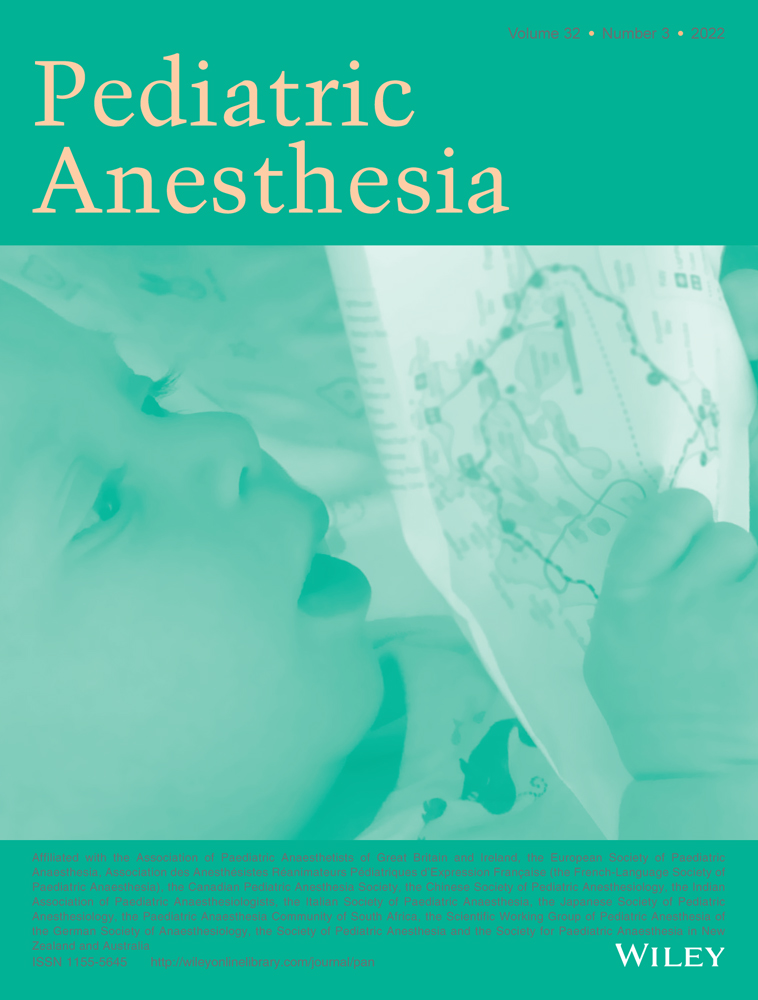Functional near-infrared spectroscopy to assess pain in neonatal circumcisions
Kurth and Ganesh Contributed equally as senior co-authors.
Previously at Division of Neonatology, Hospital of University of Pennsylvania during time of study.
Abstract
Introduction
Pain assessment is challenging in neonates. Behavioral and physiological pain scales do not assess neocortical nociception, essential to pain encoding and central pain pathway development. Functional near-infrared spectroscopy (fNIRS) can assess neocortical activation to noxious stimuli from changes in oxy-(HbO) and total-hemoglobin concentrations (HbT). This study aims to assess fNIRS nociceptive functional activation in the prefrontal cortex of neonates undergoing circumcision through changes in HbO and HbT, and the correlation between changes in fNIRS and Neonatal Infant Pain Scale (NIPS), a behavioral pain assessment scale.
Methods
In healthy term neonates, HbO, HbT, and NIPS were recorded during sequential circumcision events 1-Prep before local anesthetic injection; 2-Local anesthetic injection; 3-Prep before incision; 4-Oral sucrose; 5-Incision; 6-Gomco (hemostatic device) attached; 7-Gomco twisted on; and 8-Gomco removed. fNIRS and NIPS changes after each event were assessed with Wilcoxon signed-rank test and summarized as median and interquartile range (IQR). Changes in fNIRS vs. NIPS were correlated with Spearman coefficient.
Results
In 31 neonates fNIRS increased (median [IQR] µmol/L) with noxious events: Local injection (HbO: 1.1 [0.5, 3.1], p < .001; HbT: 2.3 [0.2, 7.6], p < .001), Gomco attached (HbO: 0.7 [0.1, 1.7], p = .002; HbT: 0.7 [−0.2, 2.9], p = .02), and Gomco twisted on (HbO: 0.5 [−0.2, 1.7], p = .03; HbT: 0.8 [−0.1, 3.3], p = .02). fNIRS decreased with non-noxious event: Prep before incision (HbO: −0.6 [−1.2, −0.2] p < .001; HbT: −1 [−1.8, −0.4], p < .001). Local anesthetic attenuated fNIRS increases to subsequent sharp stimuli. NIPS increased with subsequent sharp stimuli despite local anesthetic. Although fNIRS and NIPS changed in the same direction, there was not a strong correlation between them.
Conclusions
During neonatal circumcision, changes in fNIRS differed between different types of painful stimuli, which was not the case for NIPS, suggesting that fNIRS may complement NIPS to assess the quality of pain.
Podcast
Functional near-infrared spectroscopy to assess pain in neonatal circumcisions, April 2022
CONFLICT OF INTERESTS
Shih-Shan Lang: Co-investigator on grant NIH-R01NS113945-01National Institute of Biomedical Imaging and Bioengineering: Diffuse Optics for Pediatric Hydrocephalus Management. Kurtulus Izzetoglu: Involved in the technology development and offered a minor share in fNIR Devices, LLC. fNIR Devices manufacturers the optical brain imaging instrument, functional near-infrared spectroscopy (fNIRS), used in this study. Arjunan Ganesh: On the advisory board of Pacira Pharmaceuticals. The remaining authors have no conflicts of interest to declare.
Open Research
DATA AVAILABILITY STATEMENT
Data are available on request from the authors. The data that support the findings of this study are available from the corresponding author upon reasonable request.




